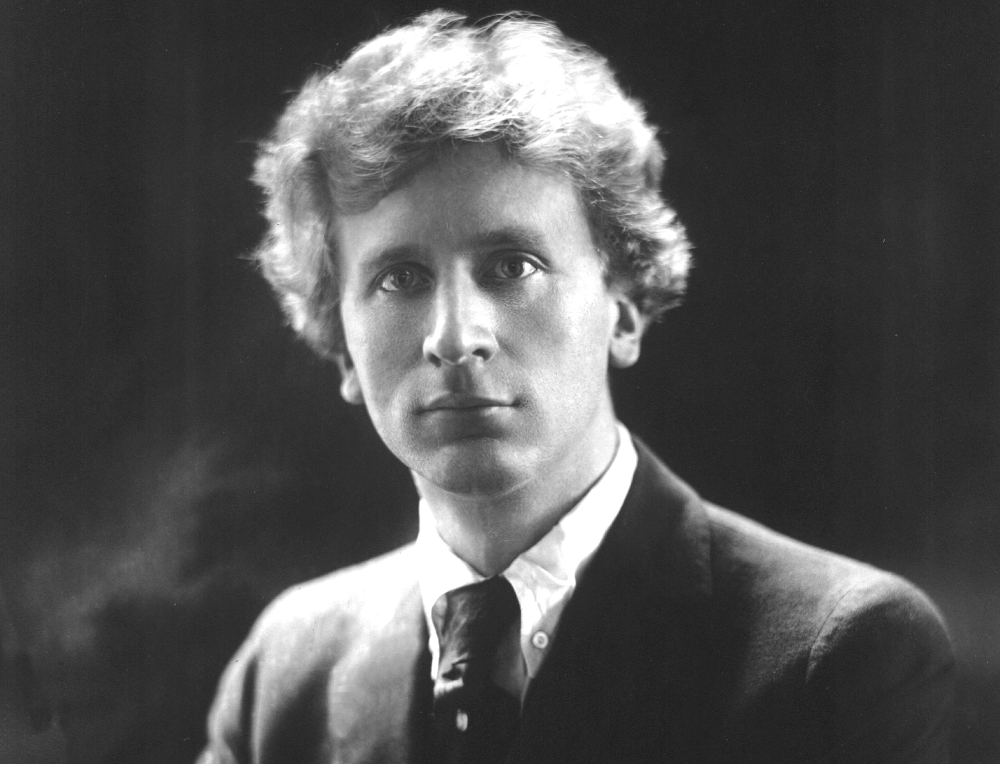AA: One of the most interesting aspects of your poetic biographies is the relationship between these artists’ works and your own poetics. The way that, for example, Grainger’s musical compositions, or Davies’ cinematic personae, or Balanchine’s choreographies merge with your own versatile, experimental poetic style. It seems to me that your books explore the affinities and also the tensions between poetry and other art forms. Am I right to say that for you, the poet is an artist on par with the musician, the actor and the dancer, but also removed from the spaces of visible performance and immediate spectatorship?
JW: Tough question! To address your point about the relationship between their works and my poetics, which I think is a question about the ‘container’ I mentioned earlier, each of the works sort of emerged after I had spent considerable time immersed in archives, books and spaces – and of course engaging with their respective bodies of art (Marion’s films, Percy’s music, George’s ballets). It was the research that guided the form.
While I was working on Marionette, I read somewhere that (with film reels, I think) ‘the illusion of movement is created by the spectator’. I thought, how fantastic as an analogy for a ‘living biography’, something that refers to the life, rather than to a set of dead facts. Partly, that explains the fact that that work is set out like a series of still frames on a set of ‘reels’. I wanted the responsibility to be partly on the reader, to pick up this ‘marionette’ and stimulate movement. Is Marion there? Or … there? Where is she? I don’t know!
For Suite for Percy Grainger, the biggest influence was listening obsessively to recordings of Percy’s compositions – from his arrangements of folk songs to his bizarre original scores. But also, through reading his writings (letters of correspondence, essays, program notes) his odd use of language began to set out some rhythms and sounds for me to follow. There are a lot of ‘lines’ in Percy – staves, walking paths, whip marks and other scores.

Percy Grainger
Music Made Visible is a series of ballets, from Balanchine’s first choreography (1920) to his last (1982). The book doesn’t include all the dances he choreographed (otherwise the book would be at least 400 pages). But the form that it took as a whole emerged after I had spent four years reading and taking notes, and after several trips to US archives that held his papers and film records. That research really drove home this idea that Balanchine was a difficult man to ‘know’ (even his wives said this) and that the closest we could come to knowing him was through his ballets.
What you say in your question about poets verses musicians, actors and dancers is interesting. Perhaps the relatively hidden life of a poet is why I became a poet. I suffer from a lot of anxiety, and despite the job of a poet to do an element of public performance, it does make me really nervous. I don’t know how musicians, actors or dancers do it, and really admire their fortitude, to live their lives constantly in the spotlight, literally! But this also makes me think about the freedoms that poetry affords. One of the things that I like about poetry is that it is sidelined by mainstream literary culture. This is an attractive quality. Why? Because it means I can do whatever I want, and no-one bats an eyelid. Simon Armitage said at a festival a few years back that, if more people read and liked poetry, he probably wouldn’t write it. I have played those words over and over in my mind ever since – what exactly did he mean? It recalls Armantrout’s freedom question, I think. But, it would be a stimulating circumstance if some biographers did start to take me on!













